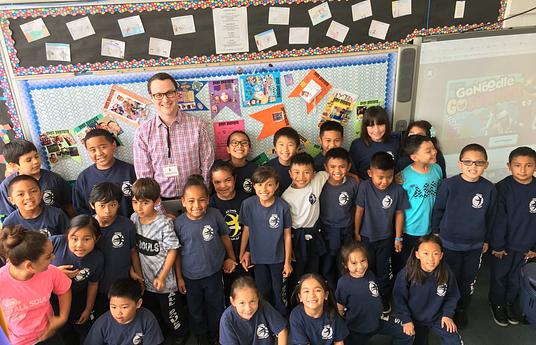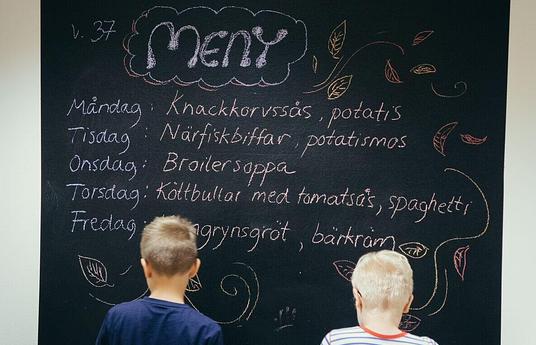This step presents different methods that can be applied to different support stages. The Lappee school culture is based on these nine methods.In addition to these methods, you can develop your own or modify other practices to suit your needs.
1) The ProSchool modelThis model promotes good behaviour by rewarding it. ProSchool is an efficient way to prevent and deal with behavioral problems and is used widely at the Lappee school.
The focus of ProSchool is on developing behaviour through positive feedback. If a child gets attention by behaving a certain way, the child will do it even more. This does not, however, mean that unwanted behavior will be tolerated.
2) Solution-oriented and positive school cultureThe solution-oriented approach is founded on the idea that schools should focus on the good in the students and find new and positive things for their lives.
The traditional way of looking for problems and correcting mistakes is replaced with a solution-oriented approach. It turns problems into goals the students can pursue with the help of an adult and the resources and strengths they already possess .
3) Inclusive instructionIn inclusive instruction, all of the local children are welcomed to the school. The classroom brings together all the support that the children needs. There are students from all stages of support in inclusive teaching groups: general, intensified and special support. The methods also allow for differentiating lessons for more advanced students.
Inclusive instruction is always based on the student's skills and requirements for support, which can differ between subjects. The key to inclusive groups is cooperation between adults, active learning, and teaching communication skills. Educating children to become social and tolerant is as important as imparting cognitive skills.
4) Primary 2 groupsThis approach is based on education teams made up of a kindergarten teacher and a class teacher. Children from preschool and grades 1 and 2 study together in workshops and other forms for two hours every day. The goal is to support growth and learning at the children’s personal pace.
The Lappee school strives to create a unified and flexible learning environment for preschool and primary education. The children are supported and taught according to their developmental stage which requires time and guidance. This approach creates a natural road forward from preschool to school and allows children to progress from their own starting points.
The children learn primarily in an integrated class with preschool and primary school students. The classes last about two hours every day and they are led by an education team made up of a kindergarten teacher and a class teacher.
The kindergarten school allows the two to share spaces and equipment, so the school culture and learning environments are familiar to children even before they start first grade. Working in education teams combining early learning and comprehensive education enables pedagogic dialogue.
5) Co-teaching and teaching in teamsIn co-teaching, two teachers teach one class together and participate equally in lesson planning, teaching, assessment and dividing the work. Co-teaching enables teachers to better meet the individual requirements of every student.
Lappee uses the following forms of co-teaching:
- Class teacher + kindergarten teacher
- Class teacher + special-needs teacher
- Trios – three teachers planning schooldays together.
Teaching assistants often take part in planning as well.
The benefits of co-teaching:
- Enabling teachers to give individual support to students
- Observing, assessing, monitoring and giving feedback to students is easier and more accurate
- Sharing pedagogical knowledge and expertise
- The strengths of both teachers benefit students
- Managing day-to-day activities is easier
- Disturbances are easier to notice: four eyes see more than two
- Increasing discussion on values and long-term development
- Improving the wellbeing of teachers and students
6) Individualized learningEvery student gets to study at the pace and manner best suited to them. School subjects like mother tongue, mathematics and foreign languages are easy to organize in an individualized system.
7) Active pedagogyStudents learn by doing and playing.
8) ParticipationStudent participation is an important part of child-oriented pedagogy. Students participate in lesson planning and implementation. They carry out design-oriented pedagogy projects that are focused on phenomena based on the children’s own interests.
Kids cannot grow up to be active participants if they are not members of a community. Including kids in the community is important at the Lappee school and kids are taught communication and emotional skills to promote their ability to be real participants in everyday school life.
9) A flexible school dayA flexible school day is comprised of several parts. Innovative operational models have created a new kind of school culture. 90-minute lessons promote active and child-oriented learning. An hour’s siesta makes it possible to organize clubs in the middle of the day.



